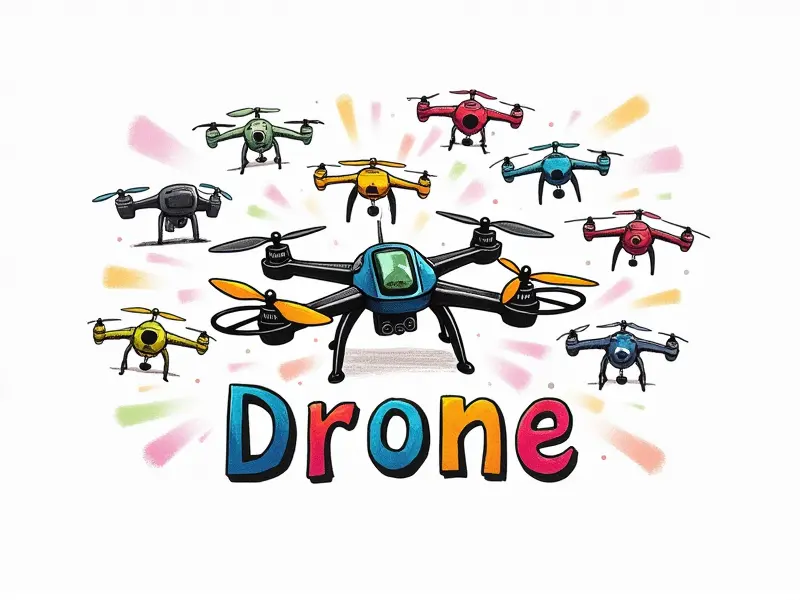Best motor size for weight?

Best Motor Sizes for FPV Racing Drones
Choosing the right motor size is crucial when building an FPV racing drone. The performance of your drone heavily depends on the balance between motor power and weight. For FPV racing drones, a common rule of thumb is to select motors that can provide enough thrust while maintaining agility and speed.
Optimal Motor Selection Based on Weight
The optimal motor selection for any RC vehicle should be based on its total weight. The goal is to achieve the best power-to-weight ratio, ensuring efficient performance without compromising maneuverability or stability. For lightweight drones, smaller motors are often sufficient, while heavier models may require more powerful motors.
Matching Motor Power to Drone Weight
To match motor power with drone weight effectively, consider the total weight of your drone including batteries and payload. A general guideline is that each motor should be capable of producing at least 1.5 times the weight of the drone in thrust for optimal performance.
Ideal Motor Size for Lightweight Drones
Lightweight drones typically weigh less than 300 grams, making them ideal candidates for smaller motors such as 1806 or 2204 series. These motors offer high RPM and low torque, which is perfect for achieving fast speeds and agile maneuvers.
What Motor Size Fits My RC Drone Weight?
Determining the right motor size for your drone involves calculating its total weight and assessing the required thrust-to-weight ratio. For instance, a 400-gram quadcopter might benefit from motors like the 2212 or 2207 series, which provide sufficient power while maintaining balance.
Selecting Motors for Specific Drone Weights
When selecting motors for specific drone weights, consider factors such as propeller size and battery capacity. For example, a heavier drone with larger props will require more powerful motors like the 2217 or 2806 series to achieve optimal performance.
Motor Sizing Guide for RC Helicopters
RC helicopters have unique requirements due to their vertical takeoff and landing capabilities. A motor sizing guide should consider factors such as rotor diameter, tail rotor size, and overall weight distribution. For instance, a 700-sized helicopter might use motors like the 2816 or 3508 series for balanced performance.
Perfect Motor Fit for Drone Payload
The motor fit for drone payload is critical in applications such as aerial photography and videography. A heavier payload requires more powerful motors to ensure stable flight and smooth camera operation. For example, a drone carrying a 500-gram camera setup might benefit from motors like the 2817 or 3506 series.
Optimum Motor Size for RC Plane Weight
Selecting the right motor size for an RC plane involves considering factors such as wing area, airfoil design, and overall weight. A general guideline is to choose motors that provide sufficient thrust while maintaining aerodynamic efficiency. For instance, a 1500-gram foamie might use motors like the 2817 or 3506 series for optimal performance.
Matching Motor Size to Drone Weight
Matching motor size to drone weight is essential for achieving balanced flight characteristics. A well-matched motor will provide sufficient thrust without overloading the system, ensuring efficient and stable operation. For example, a 500-gram quadcopter might use motors like the 2217 or 2806 series.
Ideal Motor Selection Based on Weight
The ideal motor selection based on weight involves assessing the total weight of your drone and selecting motors that provide optimal thrust-to-weight ratio. This ensures efficient performance, stability, and maneuverability. For instance, a lightweight quadcopter might use 2207 or 2816 series motors for balanced flight characteristics.
Conclusion
Selecting the right motor size is crucial for achieving optimal performance in RC vehicles. By considering factors such as drone weight, payload, and specific application requirements, you can choose motors that provide efficient thrust while maintaining stability and maneuverability. Whether you are building an FPV racing drone or a heavy-lift aerial photography platform, selecting the ideal motor size will significantly enhance your flying experience.

